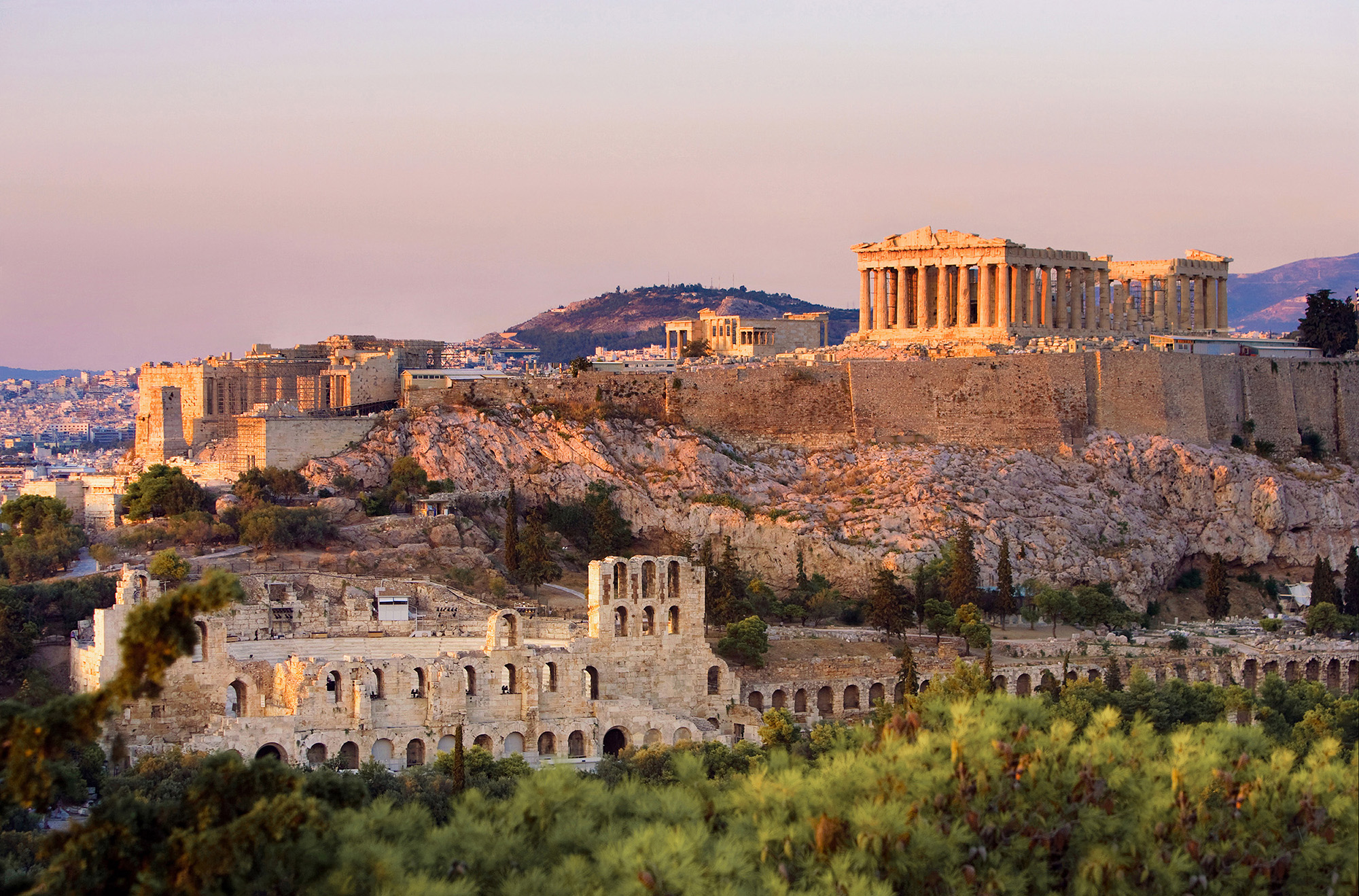Love it or hate it, Athens is one of Europe’s most fascinating and dynamic cities. It’s a place that hustles, bustles, and can feel a little gritty in all the best ways. Your options: embrace the chaos, or escape it. Fortunately, you can do both, even in a single day.
While many visitors skip the Greek capital on their way to paradisiacal Aegean and Mediterranean destinations like Santorini and Mykonos and Crete, you really should spend at least 24 hours here. If you can’t stay longer, here’s an excellent way to spend a big, busy day in Athens.










